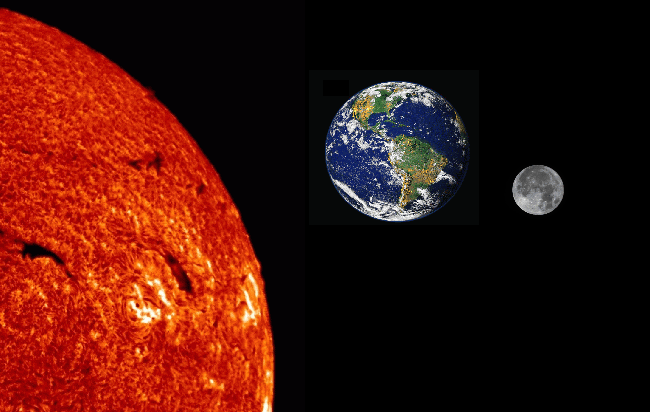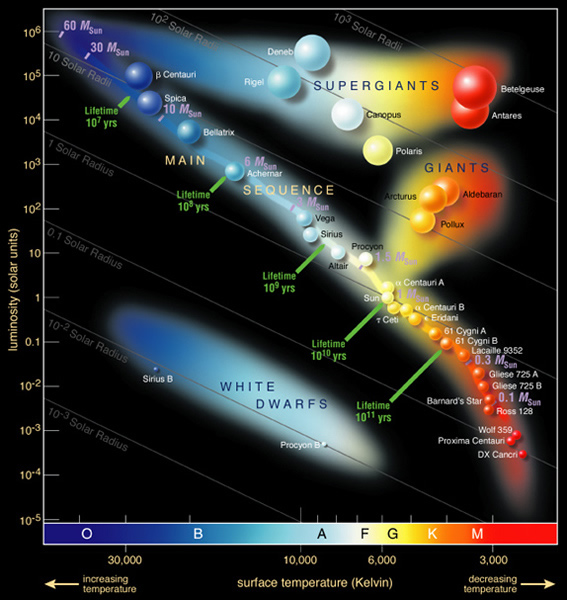VOLCANOES : (mini- poster) Volcanoes are found everywhere but they are special;y located at Earth's Plate Boundaries. There are different types of volcanoes. Such as Cinder cone, Stratovolcano, or Composite, and Shield Volcano. Shield Volcano is a volcano totally different than the others because, it is formed under the water. People might think that lava and magma are the same. But magma is the hot molten rock and lava is the hot liquid that comes out when the volcano already erupted.
FAULTS: (mini-poster) Faults are large fractures in earth's crust.There are three types of faults. Normal, Reverse, and Strike. Normal Fault is when one rock move dow. Reverse Fault is when one rock move down. Lastly Strike Fault is when rocks slide past each other.
EARTH'S INTERIOR: (mini-poster) The main layers of Earth's Interior are crust, mantle, outer core, and inner core. They are located inside and outside of the earth. There are two types of crust. Oceanic Crust, and Continental Crust.
ASTHENOSPHERE LAYER:
Prediction Map: Hot spot are the active volcanoes. They are located in certain islands such as Hawaii.
Convergent Boundary are two plate that coming toward each other in the continental crust and they create mountains. they also create trench in the oceanic crust.Divergent Boundary are when two plates move apart from each other, in the oceanic crust they create ridges, and in the continental crust they create rift-valley. Transform Boundary is the only boundary that causes Earthquakes.
Convection Currents Lab: Convection Currents is what move earth's tectonics plates based on the temperatures. In these experiment the hot water represents the outer core, and the food coloring represents the magma, because outer core make the magma go up and that's what happen with the hot water and the coloring. Cold water makes the food coloring went down. This plates move as they are in top of the water, because they move very slowly as honey.
MANTLE LAYER:
THE RING OF FIRE
The Ring of Fire
CRITICAL THINKING
Do you agree with the theory of plate tectonics?
Alfred Wegener was the scientist who created the theory of the Drift theory. But in order to prove his ideas he used fossils rocks, mountains range and Pangea ( the puzzle). At first all the continents were together but then they started to spread out and now are all separated. I agree with the theory of plate tectonics because, it is truth that Earth's crust are broken in to two plates. They are also in the top of the mantle and they are floating. They move because of the convection currents.
REFLECTION
1- What did you enjoyed the most about this project and why?
What enjoyed the most about this project was to work individually. Sometimes I like to work in group but sometimes the ideas that people make are not enough to follow them.But in this project I enjoyed the most because, I did it in my own style.
2- What was the most challenging for you during this project and why?
The most challenging for me was to created my iMovie video.
3- What new skills did you learn from doing this project?
The new skills I learned was how to create my iMovie video, how to upload my pictures, how to recorded my voice and grabbed to the iMovie.
4- Is there anything that you could have done to improve any of your work? Explain.
What could I have done and much better was my mini-posters. I think I could improve them by creating more creativity in them, and so my video.







